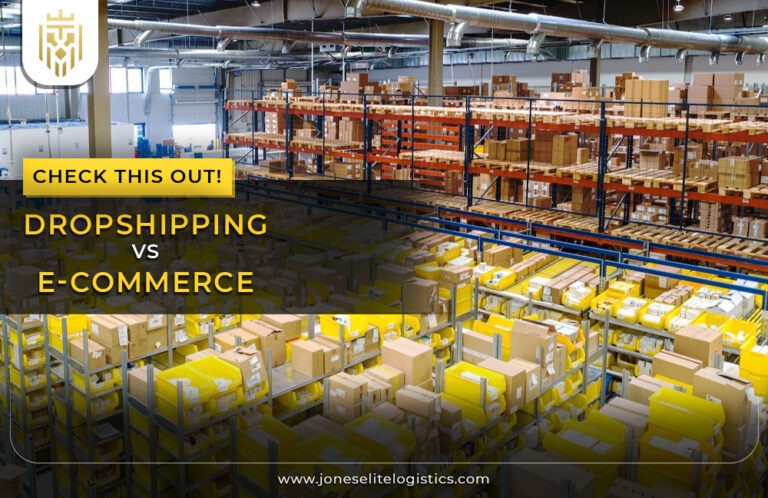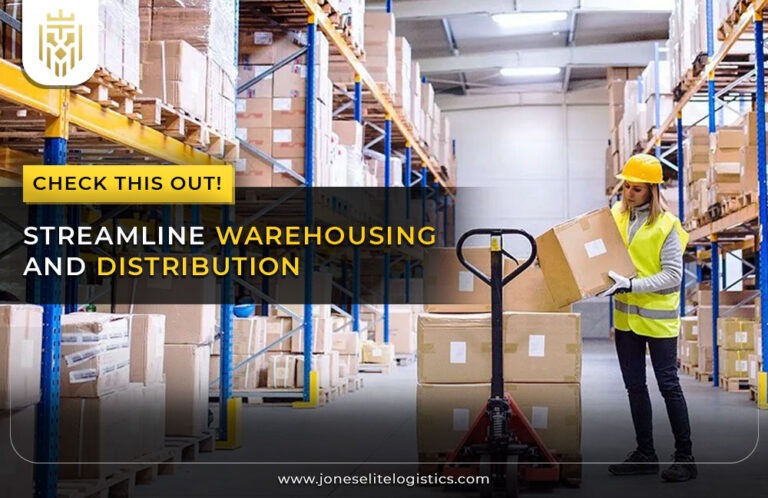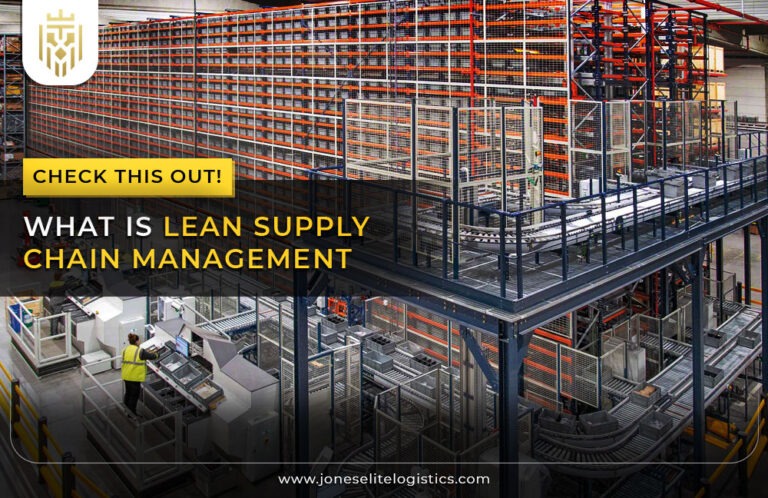Introduction to Warehouse Logistics:
Warehouse logistics relating to the execution of warehouse activities which include storage and redistribution of products within the warehouse. It would mean timely handling, the ability to track inventory properly, and also ensure that the products are delivered at the right time. For the e-commerce sector as well as the conventional retail markets that are expanding in India, how the warehouse logistics operate directly impacts the supply chain and the customers she has.

Challenges of Warehouse Logistics:
Warehouse logistics in India has some problems such as insufficient basic infrastructure, low technology application, and a scarcity of skilled workers. Also with the country being large, dealing with a rich portfolio of products and delivering them on time is not an easy feat. To address these problems, there must be a shift towards newer technologies and incorporating training.
Benefits of Warehouse Logistics:
Warehouse logistics are impactful in that, they lead to improved operations, reduced expenses, and increased satisfaction of customers. It is a fact that by improving the storage and handling of products, businesses and companies can achieve more on order fulfillment and stock management and, in this way, become more efficient.
Improved Inventory Management:
Integrated warehouse management enhances operating efficiency through appropriate technology such as RFID and barcode systems. These tools give timely data on the current status of the stocks thereby minimizing incidences of overstocking or occurrences of stock outs. This accuracy means that products that need to be in the supply chain at some point are managed effectively, thus increasing efficiency.
Enhanced Order Fulfillment:
Order picking is a critical process that focuses on picking up the right products through efficient and technologically advanced warehouse facilities. Accurate records in product tracking also show that through automation, the processing of orders is fast and accurate. This ultimately results in the repeat business something that is of significant importance in the cutthroat competition of the store environment in India.
Cost Savings:
Efficient warehouse management plays an important role in the proper functioning of the business hence aiding in cutting down on cost. The accomplishment of tight clearances, short cycle times, and low error rates help in achieving lower costs. Such enhanced stock management helps minimize wastage while also reducing the chances of having obsolete stock making it a major contributor to cutting costs among organizations.

Increased Efficiency:
Minimizing warehousing issues improves efficiency in the operation of a warehouse. Organization and technologies like automation of transport systems and storage instrumentation make work easier since time and efforts needed to attend to commodities are saved in this process. This has the advantage of increased efficiency; the companies can handle more traffic with the same equipment.
Value Added Services:
It is also important to note that warehouse logistics can provide added services such as packaging, labeling, and kitting. Through these services, the product gains added value before it gets to the consumer, thus competing effectively. In India, offering such services can be beneficial because there is a demand for such products as ready-made items and those that are tailored to meet specific consumer needs.
Role of warehouse in a logistics system:
Logistics are dependent on warehouses as they are strategic storage centers that coordinate product feeds before they are forwarded to their next destination. They make certain that products are in stock so they can be delivered when customers want them, hence meeting the supply chain needs. Brief research in India makes it clear that warehouses are central to the e-commerce and retail sectors as commodities are delivered to clients effectively. The world’s largest warehouse is Boeing Everett Factory, Washington, USA which measures up to 4. 3 million square feet. For example, the largest Reliance Retail Distribution Center is located in Maharashtra, India covering an area of 2. 6 million square feet!

Types of Warehouses in Logistics:
There is a myriad of classifications of warehouses in logistics depending on their storage, ownership, and services offered. Some of them include; public warehouses, private warehouses, contract warehouses, distribution centers, and docking companies. All the types have their specificity in their role of preparing and maintaining an effective supply chain.
Public Warehouses:
An industrial warehouse is owned by an individual or a company that provides storage facilities and services to other people for a fee. It makes them suitable for companies that require temporary storage Wedge provides a practical approach to inventory management since it will not require businesses to make long-term commitments.
Private Warehouses:
Private warehouses refer to those that are vested in an individual company and are used exclusively for the storage of their stocks. They provide customized solutions to cater to the specific needs of business and they also allow centralized control over storage and distribution. They’re employed mostly by huge companies with substantial stock and specific storage conditions.
Contract Warehouses:
Contract warehousing refers to a type of warehousing where the warehouse is owned and run by an independent third party with an agreement from the owner of the goods. These services come in the form of dedicated storage space provided rented out and may entail other value-added services such as packing and delivery among others and as such, represent a flexible model of operation for business entities.
Distribution Centers:
Distribution centers are not specifically designed for keeping the goods in store for longer periods but rather for the flow of goods. They are situated to ensure they can easily process an order and deliver products to the retailers or buyers as soon as possible. This is important for various companies that need to have deliveries done quickly to compete.
Cross Docking:
Cross docking is a technique of receiving the products in trucks and reloading the products directly into other trucks with little or no warehousing time in between. Cross docking is a term that became famous when Walmart implemented it in the 1980s as a way of improving the supply chain and cutting costs It has radically changed the future of the retail business. This method helps involve less inventory holding cost and increases the supply chain speed, so it can be termed as suitable for products like perishable goods and high-demand products.
Automated Warehousing:
Automated warehousing incorporates the application of IT innovations, for example, robotics, AGV, and WMS to enhance warehouse operations. Robots make the process faster, minimize human intervention, and it less dangerous, hence widespread in the developing logistics industry of India.

How are Warehouse Management and Logistics interdependent?
Logistics and warehouses are very relevant to each other as efficient warehouse operations are central to an efficient supply chain. Stellar warehouse management involves storing products in the best manner, tracking stocks, and the ability to dispatch the products within the shortest time possible, which contributes to good logistics. This interdependence is essential in India in particular to fulfil consumer expectations and sustain a complex supply chain.
Tips To Improve Warehouse Logistics:
To enhance warehouse logistics, one can implement WMS, automate many processes, have a proper layout design, and train employees constantly. Methods like the “just-in-time” system for the management of stores were invented by a Japanese company, Toyota. Other ways of improving efficiency include adopting lean management systems and performance score audits. Logistical challenges also remain high in India, thus the country needs to make investments in modern systems and technologies.
Future of warehouse management and logistics in India:
It can be stated that the possible future of warehouses and logistics management in India is bright with the evolutions in concepts like automation, AI, and IoT. These technologies will foster efficiency, accuracy, and cost-effectiveness. The growth of the e-commerce and the retail industry will drive the Indian warehousing market to reach USD 19 Bn by 2025. The Indian government’s attention to the development of a logistics infrastructure and policy favorable to logistics will add value to the development of the sector as a main economic pillar.
FAQs
1) What is warehouse Logistics?
Warehouse management or distribution entails the movement of goods from the entry of the warehouse to its complete dispatch. Production flow can be defined as the physical movement and control of inventories in terms of storage, receipt, issuance, and distribution. Warehouse management is about timely delivery of products, correct picking from the stack, and proper utilization of stocks and areas for storing them.
2) What are the types of warehouses in logistics?
Varieties of warehouse facilities in logistics are public warehouses, private warehouses, contract warehouses, distribution centers, cross-docking facilities, and automated warehouses. They are all different forms of facilities needed for the storage and distribution of commodities; they are flexible rental spaces, business facilities, technologically advanced facilities, etc.







